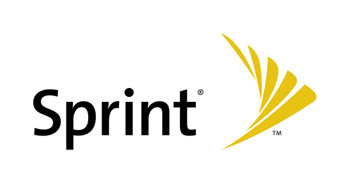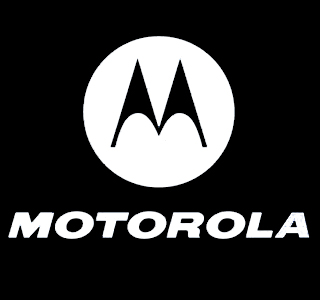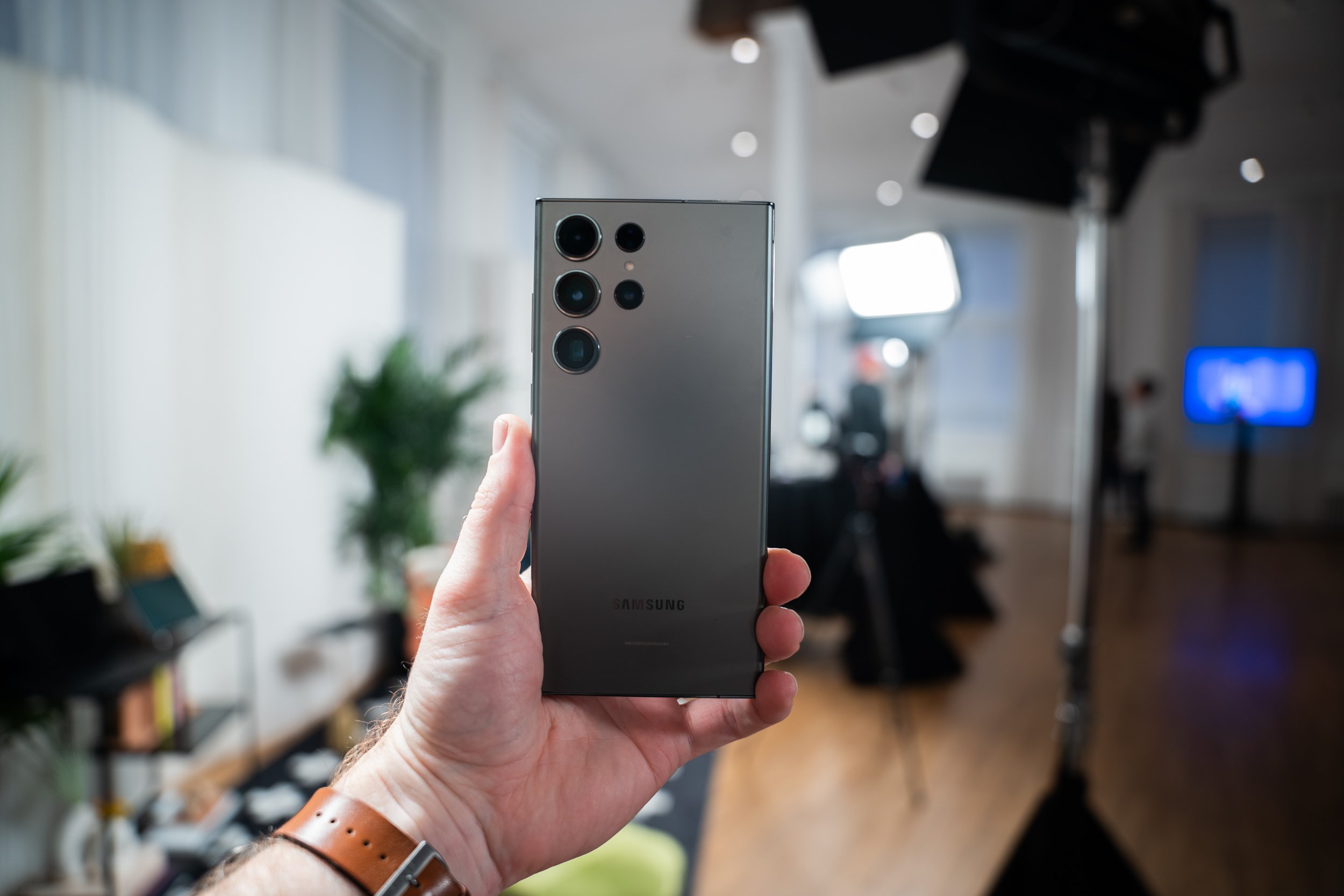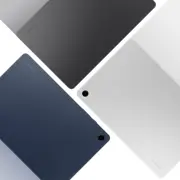Naturally, progression from one decent piece of technology to an even better piece of technology should attract supporters and ralliers, right? Well, WiMAX 2 is doing just that. As more and more realize that WiMAX 1.0 is – even with its relatively early adoption cycle – beginning to lose its luster, others are trying to fast forward the steamroll process and get 2.0 out to data-hungry consumers and businesses pronto.

For those that don’t understand the WiMAX debacle, the technology in its current state is hardly enough to consider its capabilities sufficient for “4G” needs: Sprint’s WiMAX 4G network barely outperforms earlier 3G standards set in the previous and current generation of mobile data. WiMAX 2.0 promises to do away with that problem by enabling WiMAX 2.0-ready devices to bring you speeds of 100mbs/1gbps.
 Currently, Samsung, Motorola, and Intel are among notable manufacturers and firms to create awareness, increase adoption, and effectively replace WiMAX 1.0 as a standard in the 2nd half of 2010.
Currently, Samsung, Motorola, and Intel are among notable manufacturers and firms to create awareness, increase adoption, and effectively replace WiMAX 1.0 as a standard in the 2nd half of 2010.
So what’s the problem?
Sprint and Clearwire does not sit on that list. Sprint – perhaps the biggest supporter of current WiMAX standards in America – is either halting on the move or could be thinking about LTE-A as their next move, and Clearwire – probably one of the biggest names in the mobile data space period – is almost certain they’ll be leaving the WiMAX train for greener pastures in LTE-A.
Was it too little, too late for WiMAX?
In the States, at least, we only know of 1 device and 1 carrier pushing WiMAX as if it were the second coming – Sprint and their yet-to-be-released HTC EVO 4G – and even then we aren’t certain just how far they’ll expand their WiMAX reach across the market. As far as other handset makers are concerned, Samsung and Motorola could both be eye-ing WiMAX 2.0 purely for marketing and novelty value in pushing their next generation of handsets (although we have to remember that both of these companies have their hands in the mobile-data game outside of their consumer handsets, too).

One thing’s for certain: we’re going to be seeing an aggressive war between LTE and WiMAX heat up in 2010. Assuming that any other mobile phone manufacturers hop into bed with carriers to bring a dreamy pair of next-gen WiMAX headsets and the accompanying data to a larger market, it could see the immediate and rapid expansion of LTE-A as it is. For consumers, that inevitably means more, better, faster phones to get your hands on (and mobile data technology in the United States that will finally match up to our friends across the ocean).
Question to you readers (and my shameful attempt at making this Android related): do you guys think this will encourage carriers to do away with the technological requirement of providing VoIP services via non-traditional methods (such as call routing)? I know plenty of Skype and Vonage Mobile users are still peeved that a true data solution doesn’t exist, and rapid adoption of either WiMAX or LTE next generation technology will hopefully do away with that nonsense. How important is 4G to you and your Android? Give your own take on this in the comments!
[Courtesy of BusinessWire, point your browser here for the details in-depth[










I don’t see Sprint leaving it…because they only activate Sprint phones. Lte uses sim cards if I remember and that’d be tough for them
So the leaked EVO slides show the Phone is WiMax 2.5 compliant. Does that mean someone was actually thinking of future implementations of wimax upgrades?
@treefq
you got it, looks like they were thinking ahead instead of just for the moment.
last I read VZW intends to keep their voice traffic on their cdma 1xrtt network for the start of LTE (just like they do with EVDO now). From what i understood- there’s no ‘official’ voip standard to follow so you would have to build some proprietary mess and verizon et al wisely dont want that.
So sounded to me like everyone is waiting around for a VOIP standard that they can all migrate too- and then they can get rid of the circuit switched networks and just move voice like data too. (same reason apparently why they dont do voip on EVDO rev a- therefore allowing simultaneous voice and data even though it would be technically possible)
All phones on Wimax 1.0 / LTE will work on their 2.0 counterparts, with firmware changes. Don’t expect to see these 2.0 guys come out any time soon though.
I for one am waiting patiently for LTE-A. The spec is defined as “100mbps symmetric link between any two devices in the world”. Can’t wait to have a nationwide standard at those kind of speeds.